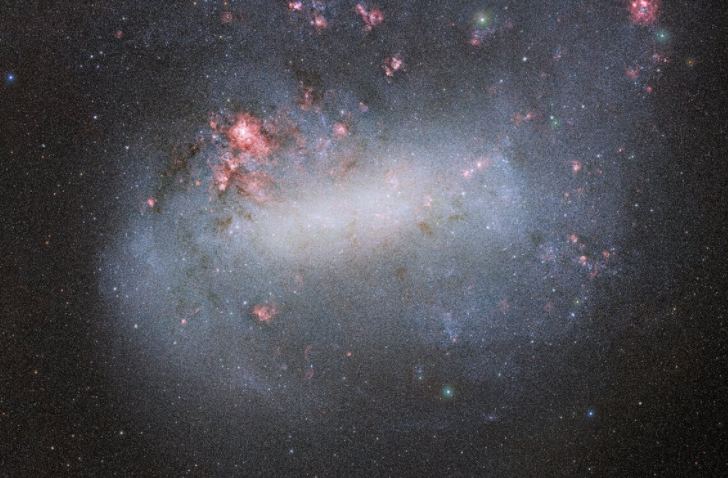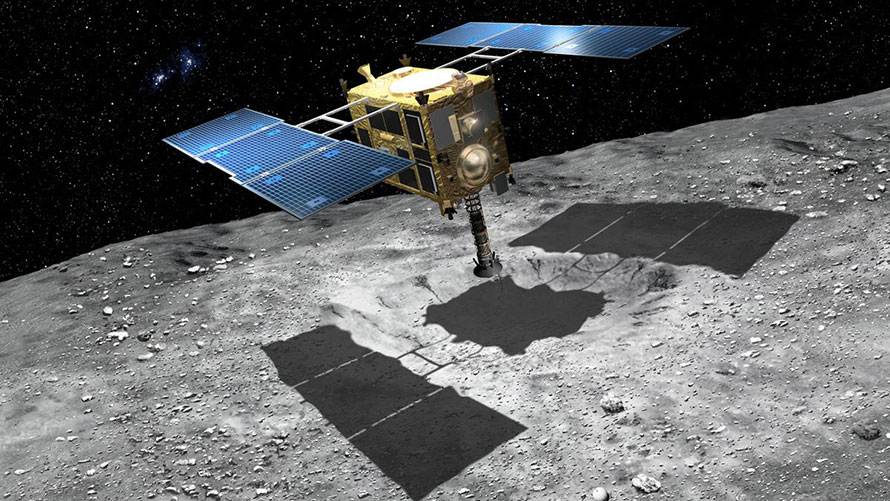
Continue reading

New research has indicated that subterranean lakes could exist on Mars thanks to geothermal heating, which is where any life there could be found today.
Continue reading

Continue reading

Could it be that we haven't heard from any aliens because theyre mainly space whales living live inside icy bodies with interior oceans?
Continue reading

Continue reading

Continue reading

Continue reading

Continue reading

Thanks to the latest data release from the ESA's Gaia mission, researchers are making all kinds of discoveries about the Milky Way and how its structure is evolving over time.
Continue reading

Continue reading

Continue reading

A team of researchers have created an electrolyzer that could be a game-changer for exploration missions on Mars.
Continue reading

Continue reading

Continue reading

One way to look for a message in the cosmic microwave background is to convert thermal fluctuations into a binary string. So what does it say?
Continue reading

2020 closes out with the final eclipse of the decade, as totality crosses the southern tip of South America on December 14th.
Continue reading

Continue reading
Continue reading

Continue reading

Continue reading

CSIRO has made a detailed radio survey of the southern hemisphere, and discovered a million new galaxies.
Continue reading

Continue reading

New research involving nemotode worms aboard the ISS have shown that the effects of microgravity extend to the genetic level.
Continue reading

Continue reading

Neutrinos are a form of dark matter, and they play a role in the evolution of the universe.
Continue reading

According to recent statements and preparations at Boca Chica, SpaceX could be attempting a high-altitude flight test with the Starship as early as tomorrow!
Continue reading

Continue reading

Continue reading

Continue reading

Continue reading

Continue reading

Continue reading

Continue reading

Continue reading

Is it possible that the reason we haven't heard from any aliens is because there's too much water out there?
Continue reading

Continue reading

Ultra-precise measurements of stars in our galaxy put us closer to galactic center than we thought.
Continue reading

Continue reading

Distant light from the big bang is twisted as it travels to us. This could mean dark matter is more exotic than we thought.
Continue reading

Continue reading

Astronomers have detected a fusion cycle in our Sun that powers massive stars and creates the elements central to life in the cosmos.
Continue reading

Continue reading

Continue reading

Continue reading

Continue reading

Continue reading

Continue reading

A new study led by the Harvard-Smithsonian Center for Astrophysics explains how the Moon may not have enough resources to support everything we plan to build up there.
Continue reading

Continue reading
Continue reading
















































